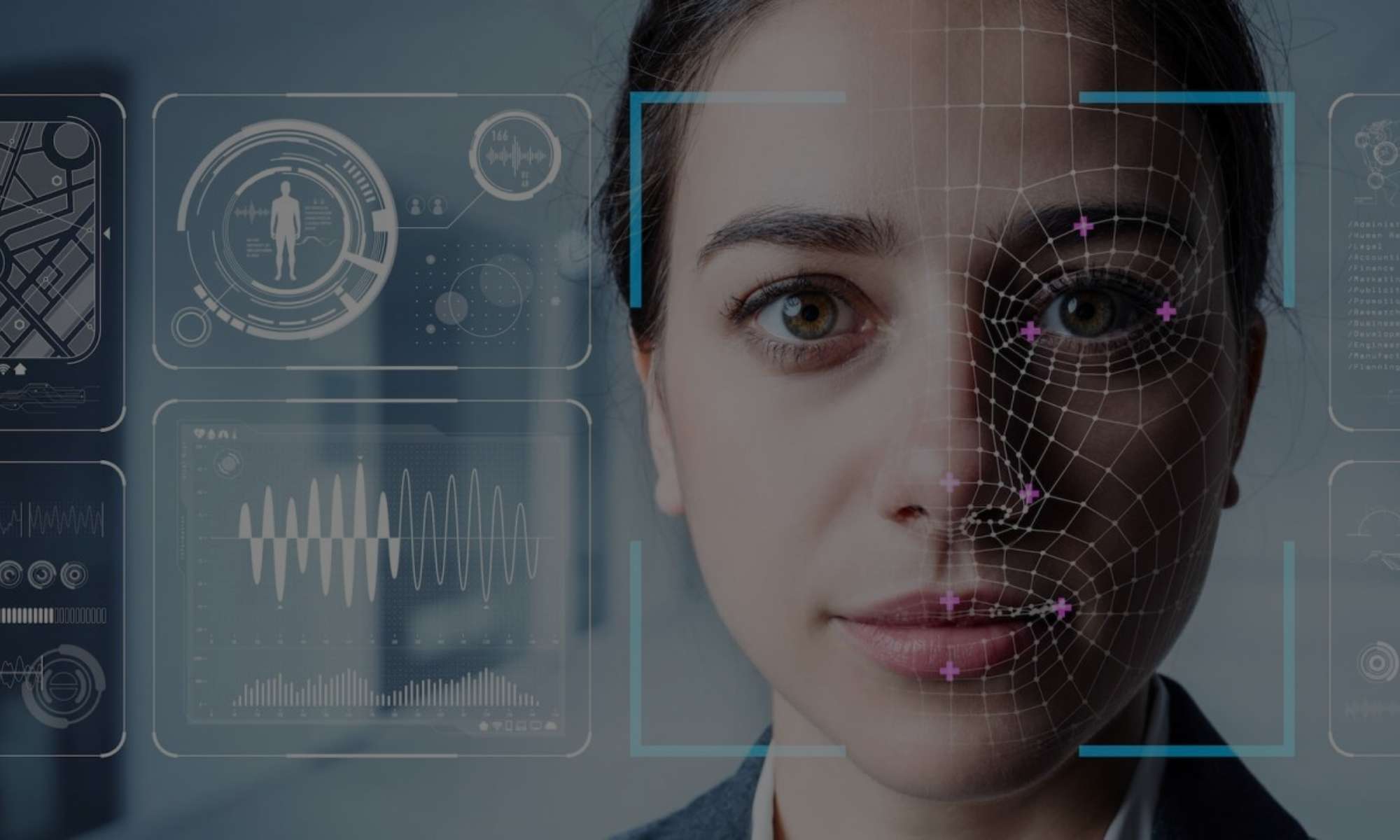Cuando un jefe pasa con prisa por la oficina con la barbilla levantada, el pecho hinchado y con pasos extensos, queda claro que es consciente de su papel y que se define como líder. Hay muchas formas de expresar mensajes, y entre las más subestimadas es el lenguaje corporal. Es una forma de comunicación no verbal fundamentada en de qué forma nos vemos, aparentamos, vestimos y nos comportamos. Lo que se detalló previamente son algunos de los movimientos que se tienen la posibilidad de valorar en el momento de charlar de expresiones del cuerpo. Esto no solo contribuye a interpretar o conocer un tanto mucho más al resto de la gente sino a ser siendo conscientes de nuestro lenguaje. El lenguaje anáLise corporal o Corpo explica no solo influye en nuestras relaciones interpersonales, sino también en diferentes contextos como el campo laboral, académico o popular.
 Ese "notar algo", esa sensación vaga y en ocasiones indetectable, parte de nuestro cuerpo. Sobre todo, en el marco del terrorismo, de las indagaciones delincuentes, en zonas de control de aeropuertos y en ocasiones arriesgadas. Entre las áreas mucho más debatidas sobre la intención es transcribir si alguien miente o no. Se ha invertido una enorme cantidad de esfuerzo humano en acrecentar nuestra capacidad para detectar mentirosos. Evitar los ojos, o cubrir los ojos, expresa conmuevas como frustración y preocupación. Y a veces los párpados se cierran para enseñar determinación, mientras que a veces los párpados revolotean para demostrar que has cometido un error y te sientes avergonzado.
Ese "notar algo", esa sensación vaga y en ocasiones indetectable, parte de nuestro cuerpo. Sobre todo, en el marco del terrorismo, de las indagaciones delincuentes, en zonas de control de aeropuertos y en ocasiones arriesgadas. Entre las áreas mucho más debatidas sobre la intención es transcribir si alguien miente o no. Se ha invertido una enorme cantidad de esfuerzo humano en acrecentar nuestra capacidad para detectar mentirosos. Evitar los ojos, o cubrir los ojos, expresa conmuevas como frustración y preocupación. Y a veces los párpados se cierran para enseñar determinación, mientras que a veces los párpados revolotean para demostrar que has cometido un error y te sientes avergonzado.Robert Louis Stevenson on "Groans and Tears, Looks and Gestures"
When somebody feels happy, their eyes would possibly light up or crinkle at the corners, with lifted cheeks and presumably showing teeth whereas they smile. The mouth cowl is also a standard factor to do after we are feeling embarrassed. The head tilt plus nod is one of the strongest nonverbal micropositives to indicate somebody you really are listening. It is definitely a starter gesture for wanting to hide or cover up or block out what is going on. If someone is actually embarrassed, the forehead touch turns into a full-on eye block, where they go from the brow contact to the eye cover. Even animators acknowledge this as the common shame gesture. A micronegative indicators nervousness, disinterest, or boredom.
Fidgeting With Hand or Arm Accessories
The diploma of physical distance an individual maintains when speaking to you possibly can typically give you clues about their mood or emotions for you. You can use verbal and nonverbal cues to reassure them or to regain their interest. There is no world standard for facial expressions linked to specific feelings. Learning how to learn body language indicators isn’t limited to a minimal of one or two parts of the physique. You can consciously use nonverbal cues that point out you’re being open and trustworthy.
Build trust easier
The words we use when speaking make up our verbal communication. Loneliness is destructive and a gateway to the event of extra severe disorders, like anxiety and melancholy. As we lose the nonverbal expertise of connecting, loneliness makes features. Neurodiverse individuals face conflicting expectations about emotional expression. Gus Walz's story reveals the bias and challenges around being authentic.
There’s a cause this has turn out to be a phrase meaning "to be in suspense." When you sit on the edge of your seat, it indicators that you are physically or mentally on edge. When you need to get nearer to somebody since you like them, trust them, or are excited about them, you tend to lean your entire physique in their course. For this message to get sent to the particular person you are speaking with, it’s necessary not to overlean and invade their space. This place reveals that an individual is feeling assured of himself or herself.
Watching the arms and legs
If you dig the idea of learning by yourself time from the consolation of your sensible gadget with real-life authentic language content, you may love utilizing FluentU. It’s protected to say that for each constructive action or gesture that you know, there are places in the world where it’s considered crude, rude or gross. New acquaintances are welcomed with a handshake also, however as the relationship deepens, this graduates to cheek kisses. So when a Chinese person refers to themself, they don’t level to the chest like many different cultures do. Instead, using the forefinger or thumb, they level to the nose.
Caregiver Stress and Burnout
Our faces are incredibly expressive, able to conveying an enormous array of emotions. From the obvious (a broad grin signaling joy) to the delicate (a slight furrow of the brow indicating concern), facial behavior is a rich source of nonverbal data. Although individuals often use their arms and legs to make purposeful gestures, movements that occur extra instinctively can also reveal so much about emotions. Various body language signs indicate that someone is listening to what you’re saying. If their head and torso are turned in your direction and they’re leaning toward you, it means they’re listening. Our feet and legs aren’t the primary physique components that come to mind once we take into consideration forms of nonverbal communication. As social animals, we developed to display feelings, thoughts, and intentions, all of that are processed by the brain's limbic system.
Decoding the mouth
It means they're listening, they're engaged, and they wish to hear more. I think one of many methods Oprah will get folks to speak in confidence to her is along with her superb nonverbal. Let’s watch this clip and see how she listens together with her body. Whenever somebody feels disengaged, uncomfortable, or closed off, their body shows it with what’s called blocking behavior. So, the subsequent time you’re in a dialog, keep in thoughts that there’s much more being stated than just the words you hear. Look beyond the verbal, tune into the nonverbal, and you would possibly simply discover a complete new dimension of communication. As we turn into more adept at reading body language, it’s crucial to use this knowledge ethically.


